Delete Update Checker from Chrome : Clear Away Update Checker
Infections similar to Update Checker| Browser Hijacker | Softbard.com, Buenosearch.com, Antivirusmax.com, Safepageplace.com, Search.fantastigames.com, Qfind.net, HotSearch.com, GiftHulk Virus, asecuremask.com, Security Hijack, Mjadmen.com, Helper Toolbar, Windefendersiteblock.com, B1 Toolbar |
| Ransomware | CryptoTorLocker2015, Cryptorbit Ransomware, MadLocker Ransomware, CTB-Faker, HDD Encrypt Ransomware, ISHTAR Ransomware, .krypted File Extension Ransomware, Wisperado@india.com Ransomware |
| Spyware | SpywareZapper, DivoPlayer, SpySnipe, 4Arcade, NadadeVirus, Adware.TSAdbot, Killmbr.exe, HSLAB Logger, AntiSpywareControl, SearchTerms, SysKontroller |
| Adware | Adware.TMAagent.k, DownLow, Syscm, iGetNew.com, ZoomEx, Adware Punisher, CashBackBuddy, Vanish, 180Solutions |
| Trojan | Trojan.Win32.Scar.dgje, Trojan.Tracur.AU, Sirefef.Y, PWSteal.Ldpinch.UR, Trojan.Mebroot!gen2, IRC-Worm.DmSetup, MSN BigBot, TROJ_NAIKON.A, Trojan-Banker.Win32.Banker.auzi, I-Worm.Alcaul.d, Trojan.Dropper.AZV, Donab.A |
Uninstall Update Checker Possible Steps For From Your Infected OS
Update Checker is a highly malicious program which has infected a number of OS recently. This nasty program is designed to target mainly the Windows operating OS. In order to invade its targeted OS it doesn't need permission from user, instead of that it use deceptive ways. After infecting your OS it start screwing OS as well as browser settings. As a result of this your OS will run weirdly. Because of its hideous features it can stay in the compromised OS for a long time without detection. In order to sneak in the OS it depend on several tricky ways such as software bundler, spam emails, malicious website, infected storage device etc. Upon its successful installation, it start a series of malicious activities in the OS which put it in poor condition. If you don't want to take chance with your OS as well as privacy then do not hesitate in Removal of Update Checker.
Method 1 : Start Your OS In Safe Mode With Networking
Method 2 : Removing Update Checker From Control Panel
Method 3 : Stop Related Process To Update Checker From Task Manager
Method 4 : Uninstall Update Checker From Registry Editor
Method 5 : Uninstall Unwanted extensions, add-ons, plug-ins from Internet Explorer
Method 1 : Start Your OS In Safe Mode With Networking
For Windows XP/Vista/7
- Go to the start menu > choose Restart option.
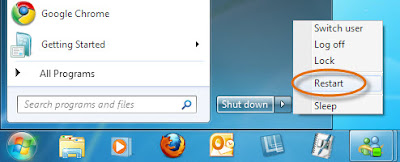
- Start pressing the F8 key once your OS become active.
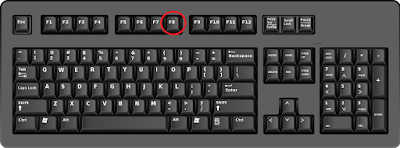
- It will open the Advanced boot options on screen.

- Select Safe mode with networking > press Enter key.

For Windows 8/10
- From your screen, press power button and click Restart.

- From choose an option Window, select Troubleshoot option.

- Then click on the 'Advanced option.

- After that select Start-up setting option.

- Select Enable safe mode > press the Restart button.

- In order to enable Safe Mode With Networking, Press F5 key.

Method 2 : Removing Update Checker From Control Panel
Uninstall Update Checker From Windows 7/Vista
- Open the start menu and then select Control panel.
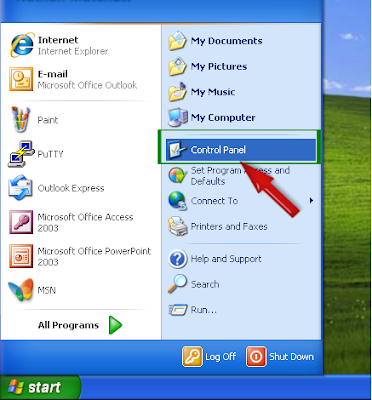
- From the Programs group, select remove a program option.

- Select Update Checker related program > select uninstall/Change.
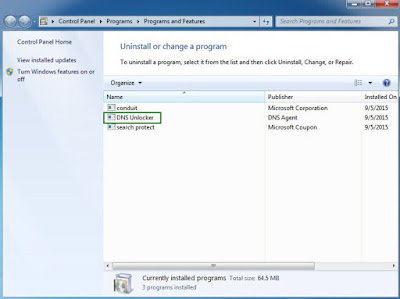
Uninstall Update Checker From Windows 8
- Press the Win + R buttons at once to open the Run Box.

- In the Run box type Control panel and press Enter key.

- Click remove a program option under the Programs group.
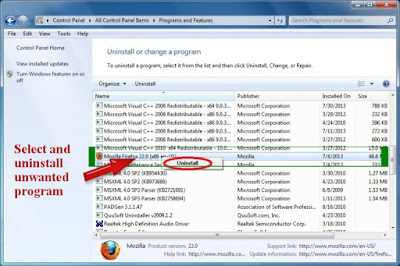
- From installed program select Update Checker > click remove option.

Uninstall Update Checker From Windows 10
- First click on Start button and select Setting option.

- From the settings menu, select the OS option.

- Now select 'Apps & features' option from the left panel.

- Select Update Checker related program and Uninstall them.

Method 3 : Stop Related Process To Update Checker From Task Manager
- Press the ALT+Ctrl+Del buttons at once.

- Then select the Task manager option from the opened list.
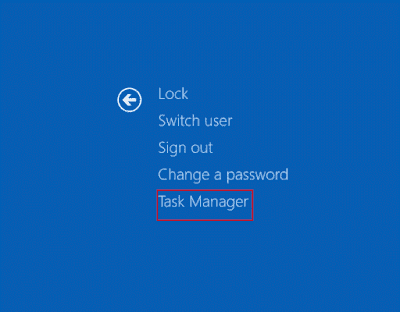
- Select malicious or Update Checker related process.

- Finally click on the End Task button.
Method 4 : Uninstall Update Checker From Registry Editor
- Press Win + R button together .

- It will open the Run window on screen.
- Type regedit > click on OK button.

- Search for Update Checker related registry and remove them.
HKEY_LOCAL_MACHINESYSTEMCurrentControlSetServicesWpm
HKEY_CURRENT_USERSoftwareMicrosoftInternet ExplorerMain ‘Default_Page_URL’
HKEY_LOCAL_MachineSoftwareClassesWin32.TrojanDropper.Vidro
HKEY_CURRENT_USERSoftwareMicrosoftWindowsCurrentVersionRun ‘.exe’
HKCUSoftwareMicrosoftWindowsCurrentVersionInternet Settingsrandom
HKEY_LOCAL_MACHINESOFTWAREMicrosoftWindowsCurrentVersionrunrandom
HKEY_CURRENT_USERSoftwareMicrosoftWindowsCurrentVersionInternet Settings ‘CertificateRevocation’ = ’0
Method 5 : Uninstall Unwanted extensions, add-ons, plug-ins from Internet Explorer
Uninstall Update Checker From Internet Explorer
- First start the Internet explorer browser.
- Click on the Gear icon from right-top corner.
- Click on 'Manage add-ons' > select Tool-bars and Extensions tab.
- Search for Update Checker related add-ons > click on 'Disable'.
- If add-on can't be deleted then click on remove and click Close.
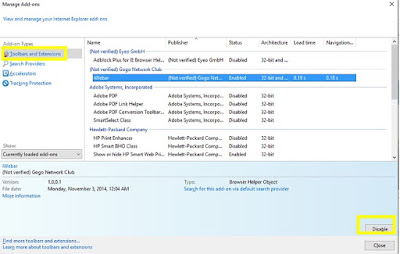
Uninstall Update Checker From Mozilla Firefox
- Start Mozilla Firefox browser and go to menu.
- You will get Add-ons Manager tab on your screen.
- In the add-on manager tab, select Extension or Add-on panel.
- Select Update Checker related add-on > click on remove button.
- If the pop-up appear, click on Restart now option.

Uninstall Update Checker From Google chrome
- Start the Google Chrome browser and click on menu button.
- Then click on the More tools and Extensions option.
- Find out suspicious extension related to Update Checker.
- Finally click on 'Recycle Bin' to Uninstall unwanted extension.

Uninstall Update Checker From Microsoft Edge
Because there is no extension in the Microsoft Edge, hence you need to reset the browser settings to Uninstall Update Checker.
- Open Microsoft Edge on your OS.
- Go to right top corner > tap on More (...) icon > go to Settings.
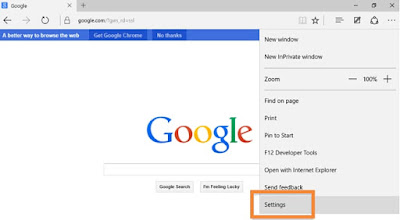
- Now select A specific page or pages from the Open option.
- Select Custom option > enter URL of your desired homepage.
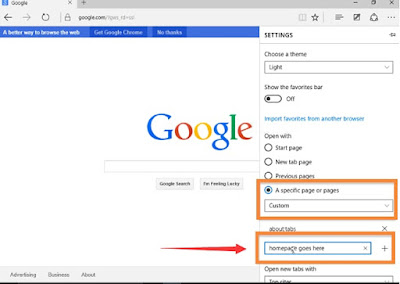

No comments:
Post a Comment